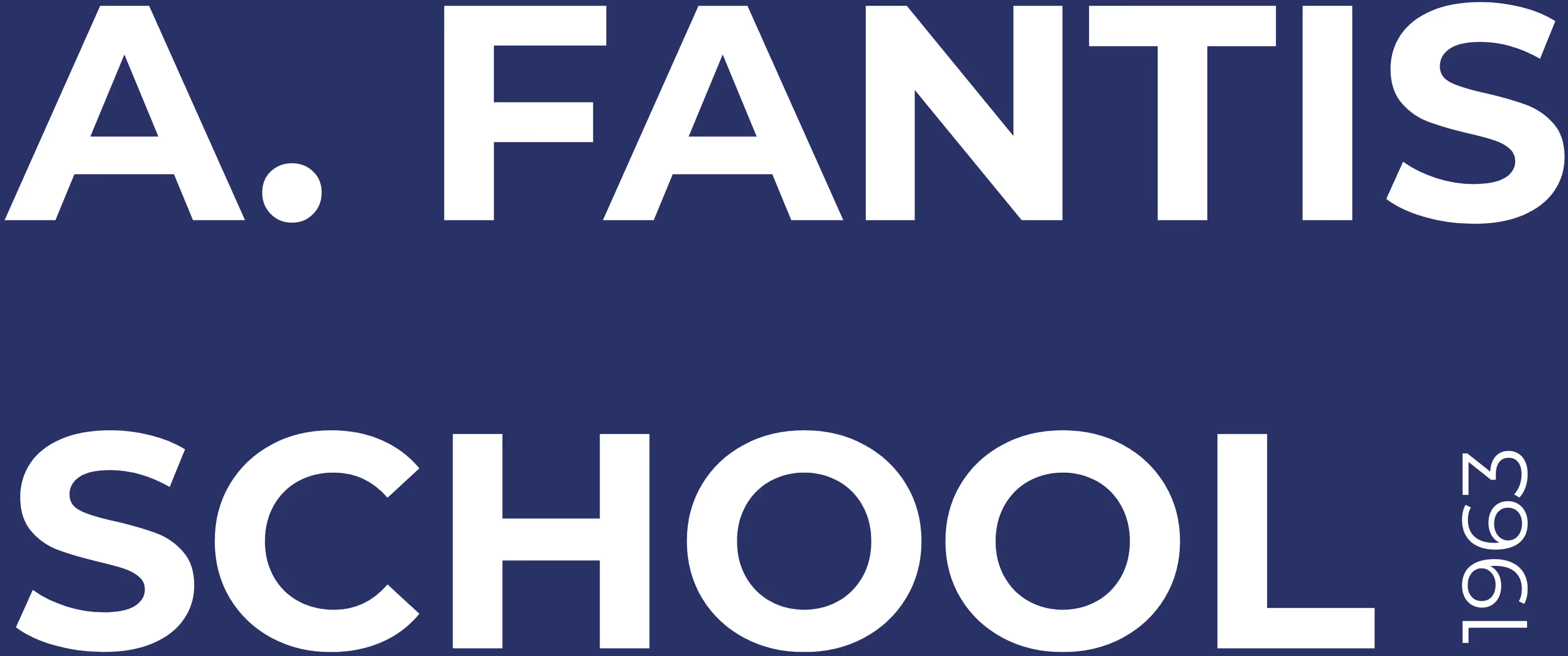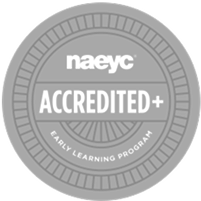
What Should Science Look Like in the Classroom?


The teaching staff at A. Fantis have proven themselves to be exceptional in all that they do. We have been encouraged to discuss our children's performance...Each staff member that I have had the pleasure of working with has impressed me significantly.

Guest Post from Dr. Jennifer Ufnar, Vanderbilt University
The Next Generation Science Standards (NGSS) were formulated to create a platform that provides deeper learning in the scientific content, is rich in scientific practice, and crosses disciplinary lines to allow for authentic learning. Phenomenon-based learning, as a part of the NGSS, is built on the premise that scientists study and try to explain phenomena that occur in the real-world. A phenomenon is defined here as a fact or event of scientific interest that is susceptible to description and/or explanation. These phenomena are studied in the classroom as an anchoring event that provides the impetus for learning. Studying phenomena, rather than discrete facts, allows the students to understand scientific concepts in an authentic, cross-disciplinary manner. Phenomenon-based learning also allows the teacher to act as a facilitator, with the students providing the explanations, creating and answering questions, analyzing the answers, and communicating their findings.
Phenomenon-based learning begins with the teacher engaging the students with an anchoring phenomenon. From this, the students can further explore the phenomenon itself, or the teacher can use the phenomenon to lead into an exploration of a concept. In the exploration phase, the teacher provides a purpose for the lesson, the materials, and a set of methods for the students to follow, based on the goal of the lesson. After completing the lab, with the teacher facilitating, the students make observations about the lab and create questions based on the observations. From here, the students answer the questions posed through research, asking an expert, or further experimentation (student-designed). After answering the questions, the students analyze the answers and communicate their findings.
Through the phenomenon-based learning approach, classroom learning is mimicking the actual “doing” of science. Scientists both follow others’ protocols (materials and methods) to observe and describe the phenomena that they study, as well as perform further experimentation to answer new questions that arise. Further, using this method in the classroom allows students to learn the most important aspects of scientific research, including observation, questioning, analysis, and communication. The learning of new content becomes applied to the phenomenon, which removes the need for memorization, and becomes much more process-driven and authentic. The classroom becomes more student-led, with the teacher acting as a facilitator. The phenomenon-based learning approach also incorporates all three dimensions of the NGSS, making the lesson planning process easier and more understandable for teachers.
Students at all levels can and do perform well with the phenomenon-based learning approach. The level of questioning, answering, analyzing, and communicating differ based on grade level, but the method is the same. This allows for stronger vertical alignment in the K-8 years, and can also permeate all subjects. Phenomenon-based learning allows for true critical thinking for students (observing, questioning, analyzing, and communicating), and can be done as a lesson that incorporates all subjects, especially in the elementary grades. This learning approach also gives the teacher a better idea of the time required for the lesson. By controlling more of the exploration phase, the teacher can shorten or lengthen the lesson as needed to fill time requirements. The exploration can be short to allow for greater “minds-on” time to strengthen critical thinking skills of students.

Jennifer Ufnar, Ph.D.
Executive Director and Research Assistant Professor
B.S. Vanderbilt University – Geology
Ph.D. University of Southern Mississippi – Biology
Dr. Ufnar is the Executive Director of the Center for Science Outreach and Research Assistant Professor of Education at Vanderbilt University. She holds a Ph.D. in Biology, and has over 15 years of experience in science outreach, teaching at the K-16 level, and implementing and directing programs in the science education arena. She is passionate about working with students and teachers to enhance the learning of science and STEAM across the K-12 continuum.
Dr. Ufnar is currently working with the K-8 teachers at A. Fantis Parochial School to enhance science teaching and learning, and challenge the students to become 21st century learners. Dr. Ufnar is helping the teachers implement the new STEMscopes curriculum, and incorporate the new Next Generation Science Standards, Phenomenon-Based Learning, and Problem-Based Learning into their classrooms. Teachers have worked with them during the summer, and Dr. Ufnar visits the school each month to work with the teachers and students. Dr. Ufnar is also coordinating a virtual scientist program for A. Fantis using the Beam robot. To date, five scientists (including Dr. Ufnar) have “beamed” in with teachers and students.


Ready to Apply?



